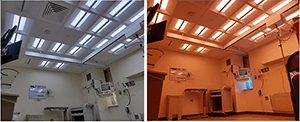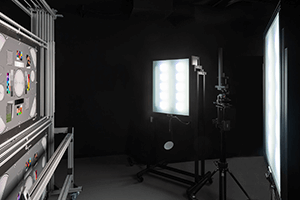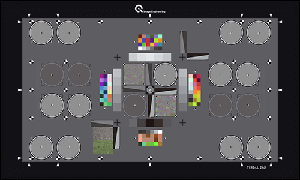Expanding our illumination options
A new partnership with Telelumen

We recently partnered with Telelumen, LLC, to expand our illumination product offerings. We are now offering the Octa Light Player from Telelumen, a multi-channel light synthesizer with an 8-channel, full-spectrum, dynamic light source with high-quality color rendering that can be installed in the ceiling and replace conventional light sources. It covers the complete temperature range of 1500K to 20000K (e.g., fire to blue sky) and can generate standard illuminants such as D50 and D65.
The Octa Light Player is ideal for research environments, medical offices (e.g., hospitals), and test labs, including camera test labs. It functions well alongside traditional standing light sources for reflective and transparent chart illumination (it does not replace these light sources) to create a test environment with even more control and accuracy.
Improve your test chart illumination
Flexible spectral tuning using iQ-LED Basic

Our latest iQ-LED - Basic products offer the same light sources and illumination possibilities at a significantly reduced cost for test chart illumination.
These basic setups are delivered without a spectrometer (A spectrometer can be purchased later if desired) and instead are delivered with preconfigured illuminants. These illuminants can be individually requested (up to 40) to be programmed into your device before delivery.
Removing the spectrometer reduces the cost of the products significantly and is an excellent option for new or smaller test labs looking to upgrade their image quality testing.
All of our iQ-LED products are eligible for a basic setup.
Please get in touch with our sales department to get started.
Two aspect ratios on one chart plane
Improve test lab efficiency with the TE42-LL 2AR

The TE42-LL 2AR incorporates two aspect ratios (2AR) into one chart. Both 4:3 and 16:9 aspect ratios are now on one chart plane. The center of the chart will stay the same as the original TE42-LL test chart, but now, extra Siemens stars are added on the outside to account for the different aspect ratios.
Having multiple aspect ratios on one chart plane will provide more flexibility for smaller test labs and also reduce the chances of damage when changing multiple charts.

